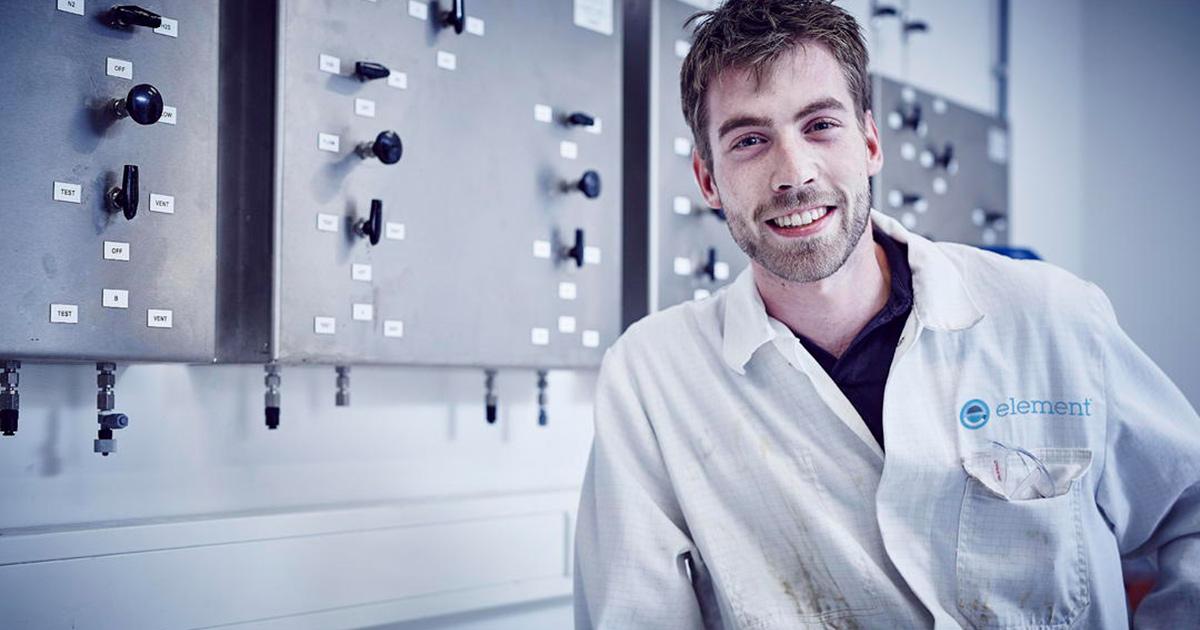Element Introduces Inhibitor Testing at Its Amsterdam Laboratory

Element Materials Technology (Element) has expanded its oil & gas testing capabilities at its Amsterdam, Netherlands laboratory with the introduction of corrosion inhibitor testing.
These new electrochemical testing methods can simulate a wide range of environments, including sweet (CO2) and sour (H2S) conditions for oil and gas applications.
Element will perform potentiodynamic testing according to ASTM G5, Linear Polarization Resistance (LPR) according to ASTM G59 and EIS testing according to ASTM G106. These electrochemical test methods provide fast and accurate results in corrosion inhibitor investigations in order to determine and maximize the lifespan of metals used in a range of industries.
The new service, coupled with Element’s specialist knowledge of CO2 corrosion, H2S corrosion and galvanic corrosion, increases the scope of specialized corrosion services being offered to local and global businesses across all sectors.
Matt Hopkinson, EVP of Oil & Gas and Infrastructure at Element, said: “The new services in the Amsterdam laboratory will improve and speed up our ability to serve customers in these important markets. We remain committed to staying at the forefront of testing technologies globally, while providing our customers with a highly technical local offering.
“Our technical experts work in partnership with our customers to develop test programs that function best for them.”
Element offers tests that simulate the environment in which metals are required to work, including: HPHT stirred autoclaves, acid gasses (sour and sweet) and the application of electrochemical monitoring systems which are in line with Shell’s Corrosion Inhibition Guidelines.

